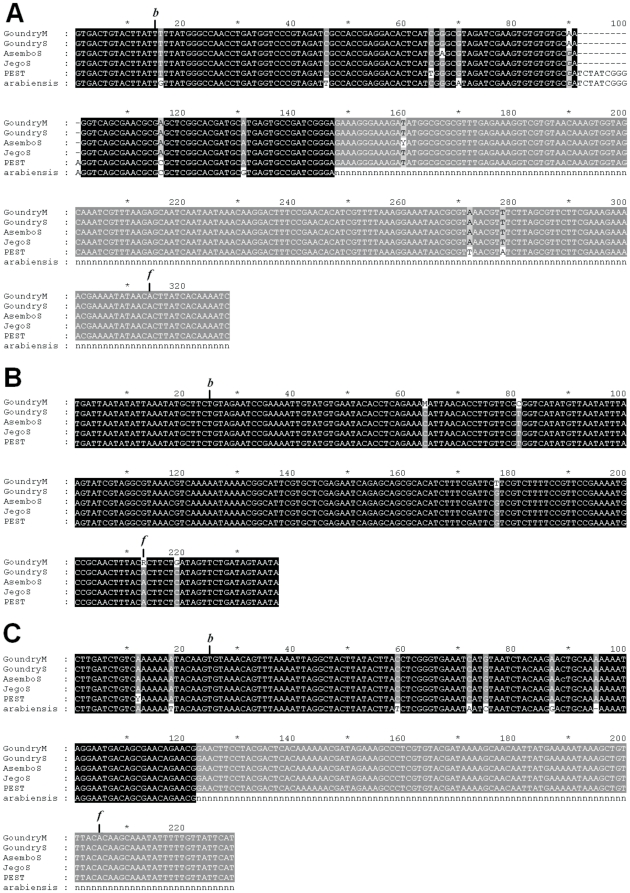Figure 5. Fixation of Ty3/gypsy insertions in Anopheles gambiae.
The extensive population and sequencing analyses of three highly divergent Ty3/gypsy insertions in An. gambiae confirmed their fixation in the species. The Gene Bank accession numbers for these loci are GQ468823, GQ468822, and GQ468821. Additionally, the presence of loci GQ468823 and GQ468821 were also confirmed in the closely related species An. arabiensis. This figure shows the multiple sequence alignments along the entire insertion and junctions obtained through an extensive population analysis. The DNA sequenced corresponds to mosquitoes of molecular forms M and S of An. gambiae from Goundry (Burkina Faso), two populations of the molecular form S from the villages of Asembo and Jego in Kenya (AsemboS and JegoS), and two populations of An. arabiensis from Burkina Faso and Kenya. In addition, the corresponding sequences from the PEST strain [12] are also shown. (A) Alignment of nucleotide sequences for locus GQ468823. Sequence of the LTRr copy extends from position 15 to 314. Target site duplication (CTTAT) corresponds to positions 9–14 and 315–319. Sequences of the junctions correspond to positions 1–8 and 320–328. “b” and “f” indicate the first and last positions of the insertion, respectively. (B) Alignment of nucleotide sequences for locus GQ468822. Sequence of the LTRr copy extends from position 25 to 213. Target site duplication (CTTC) corresponds to positions 21–24 and 214–217. Sequences of the junctions correspond to positions 1–20 and 218–237. (C) Alignment of nucleotide sequences for locus GQ468821. Sequence of the LTRr copy extends from position 25 to 205. Target site duplication (CAAG) corresponds to positions 21–24 and 206–209. Sequences of the junctions correspond to positions 1–20 and 210–229.

